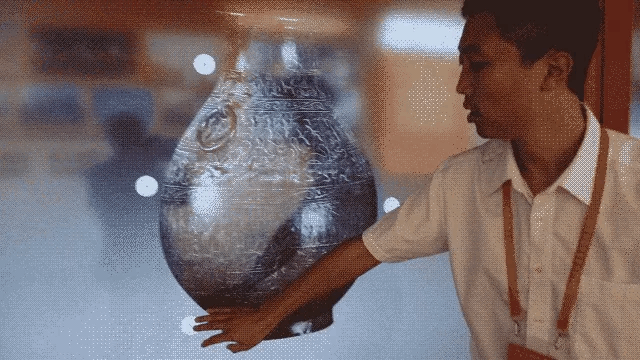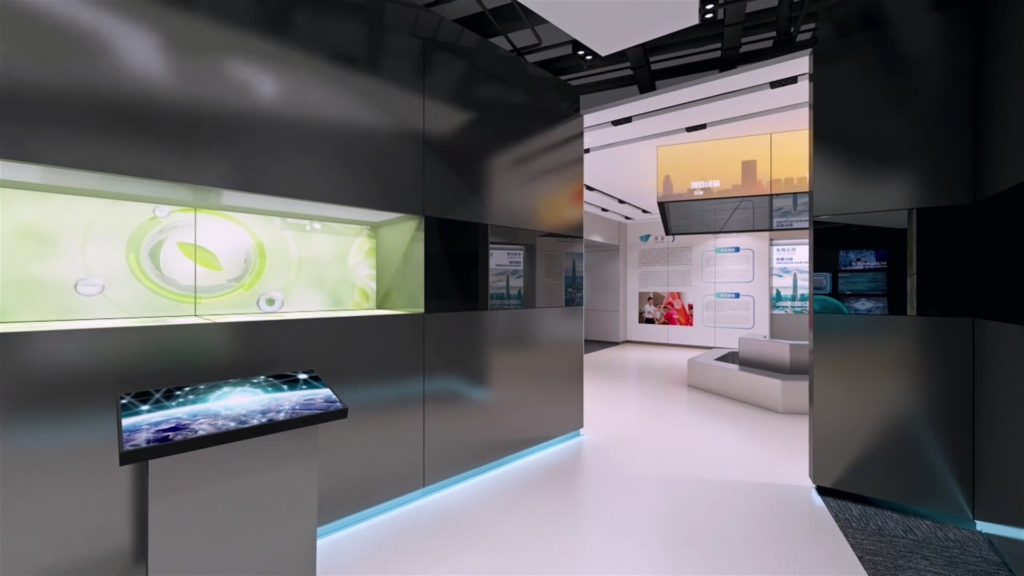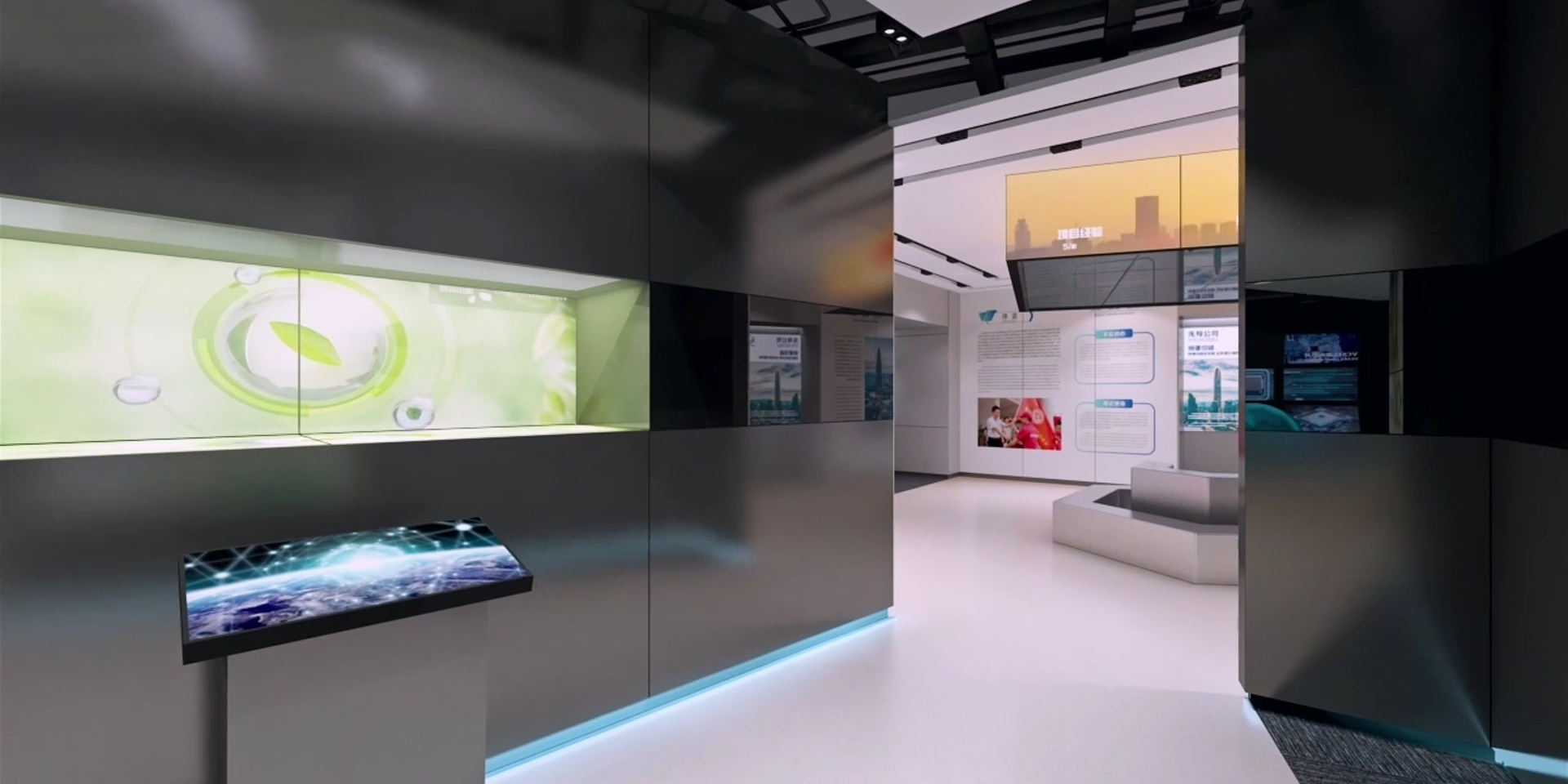Interactive walls are redefining how we engage with touch games and exhibition spaces, offering versatility, precision, and an immersive user experience. The integration of LiDAR technology into interactive walls allows for seamless interaction, bringing games, exhibits, and art installations to life. In this blog, we will explore how interactive walls work, the hardware required, and their innovative applications in touch games and exhibitions.

What Are Interactive Walls?
An Interactive Wall is a large surface, often a projection or LED screen, that responds to touch, gestures, or physical objects, creating dynamic, real-time interaction. Powered by cutting-edge technology such as LiDAR (Light Detection and Ranging), interactive walls provide highly accurate and responsive interaction, making them ideal for use in various environments, from gaming centers to exhibition spaces.
How Interactive Walls Work
Creating an interactive wall system involves a few key components:
- Computer: The brain of the system, the computer runs software that processes interactions and delivers responses in real-time. It handles the input from sensors and communicates with the display to ensure seamless operation.
- Display Screen: A projector, LED screen, or TV displays the content that users interact with. This visual interface is where games, applications, or exhibits are presented.
- Interactive Device: In this setup, LiDAR sensors from CPJ ROBOT play a vital role. They detect and track users’ movements, touches, and gestures with unmatched precision. Unlike traditional infrared systems, LiDAR provides the accuracy of a boundary-free experience, ensuring the fastest response times.
- Interactive Content: Games, applications, or exhibit-related visuals run on the computer, responding to touch or gestures made by users. This content could range from a simple ball-throwing game to a complex interactive exhibit.

Setting Up an Interactive Wall System
Here’s how you can set up an interactive wall using LiDAR technology:
- Connect the Computer to the Screen: Use an HDMI, VGA, or any suitable connection to link the computer to the display screen.
- Deploy the LiDAR Device: Position the LiDAR sensor above the display and connect it to a power source. The sensor must have a clear view of the interactive surface.
- Connect the Sensor to the Computer: Link the sensor via USB or another suitable interface, ensuring it’s properly aligned with the display.
- Install and Calibrate the Software: Load CPJ ROBOT’s LiDAR Touch Software onto the computer to recognize the sensor’s input. Calibrate the system so the sensor’s touchpoints align with the visual content.
- Load the Interactive Content: Once everything is set up, you can load the game or exhibit application and start interacting with the wall.
Benefits of Using LiDAR for Interactive Walls
- Versatility in Game Design: Interactive walls powered by LiDAR can support a wide range of game types, from simple touch-based games to complex ones with multiple objectives. The flexibility allows game designers and exhibition curators to create engaging, immersive experiences for various audiences.
- Enhanced User Experience: LiDAR’s high precision ensures that every touch, gesture, or movement is instantly recognized. This eliminates the frustration of inaccurate responses, making the experience smoother and more enjoyable for users.
- Increased Safety and Durability: By minimizing the need for physical sensors or mechanical parts that wear out over time, LiDAR technology creates a more durable setup. Plus, it enhances safety by reducing physical interaction with fragile equipment, especially in public exhibitions or high-traffic gaming environments.
- Custom Solutions for Special Environments: Whether it’s an irregularly shaped display, a multi-screen setup, or a curved surface, CPJ ROBOT’s LiDAR technology can handle it all. This adaptability makes it ideal for use in exhibition halls, where unconventional display setups are common.
Special Applications of Interactive Walls in Exhibitions
- Irregular Screen Shapes: CPJ ROBOT’s LiDAR sensors can adapt to non-standard shapes, allowing interactive experiences on irregularly shaped or non-rectangular surfaces. This flexibility is perfect for artistic installations or creative exhibits that push the boundaries of traditional display designs.
- Multi-Screen Interactive Walls: For exhibitions that span across multiple screens, LiDAR supports seamless interaction across all screens, creating a cohesive user experience. This setup is perfect for large-scale public spaces and exhibitions.
- Curved or Backlit Screens: Even with curved or backlit screens, LiDAR ensures that interaction remains accurate, offering a fluid experience without interruptions caused by physical barriers or obstacles.
Conclusion
The integration of LiDAR technology into interactive walls is transforming the world of touch games and exhibitions. With unparalleled accuracy, versatility, and the ability to customize solutions for unique environments, CPJ ROBOT’s LiDAR-powered interactive systems are the perfect choice for creating dynamic and engaging interactive experiences. Whether used in a gaming center, children’s play area, or an art exhibition, interactive walls will continue to shape the future of entertainment and education.







